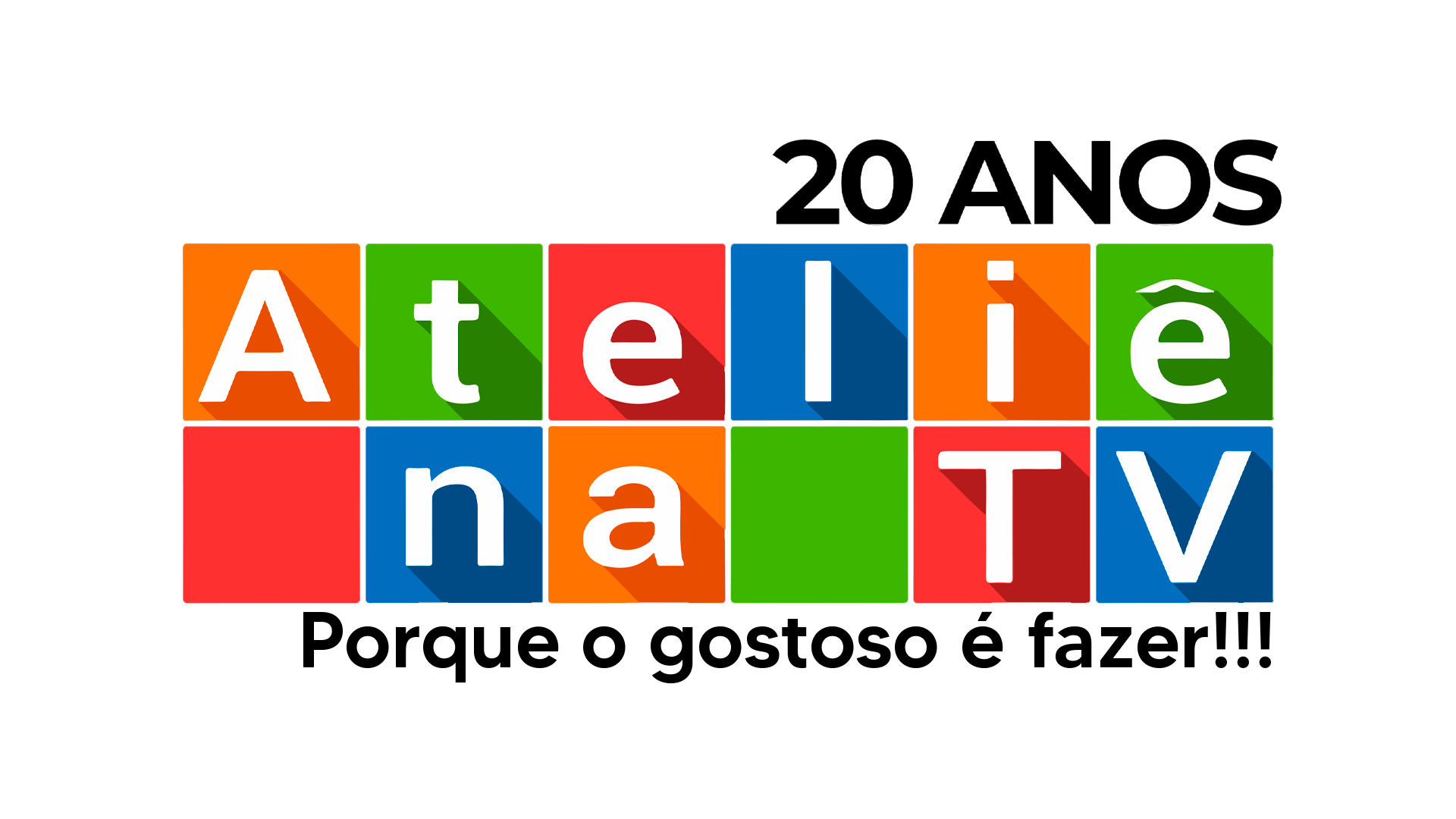-
tgh228 publicou uma atualização 3 anos, 1 mês atrás
Auto-disable syringes are not for needle programmes
WHO and its partners recommend the use of auto-disable syringes, "bundled" with
the supply of vaccines when donor dollars are used, in all mass immunization campaigns, and also strongly advocate their use in routine immunization
programmes. Because of the relatively high price of auto-disable syringes, WHO's Technical Network for Logistics in Health recommends that activities be
initiated to encourage the transfer of production technology for these syringes as a means of promoting their use and enhancing access to the technology. The
present article examines factors influencing technology transfer, including feasibility, corporate interest, cost, quality assurance, intellectual property
considerations, and probable time frames for implementation. Technology transfer activities are likely to be complex and difficult, and may not result in
lower prices for syringes. Guidelines are offered on technology transfer initiatives for auto-disable syringes to ensure the quality of the product, the
reliability of the supply, and the feasibility of the technology transfer activity itself.
UNICEF is working to buy 1 billion syringes by the end of 2021 for COVID-19 vaccination efforts in countries participating in the COVAX Facility.
Although the vaccines secured by the Facility may vary in their formulation and storage requirements, the syringes will all be of the auto-disable (AD) type,
approved by the World Health Organization.
AD syringes are recommended for immunization programmes because they are designed to prevent re-use by locking automatically after a single use. They are
the best way of ensuring that people receive their shots safely, without a risk of contracting an infection due to contaminated needles. The AD syringes
bought for this immense operation are similar to those routinely procured and delivered by UNICEF for the vaccination of children worldwide.
